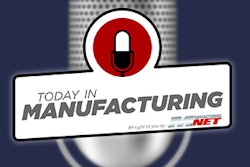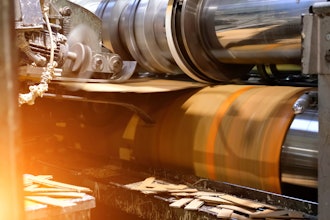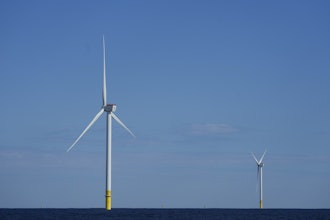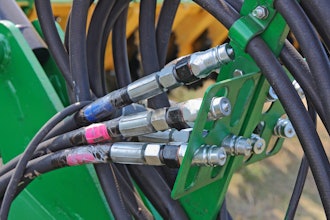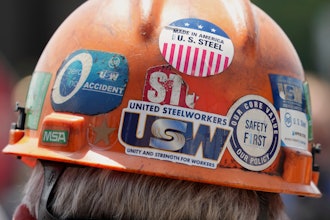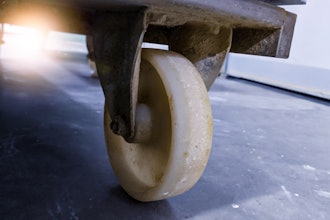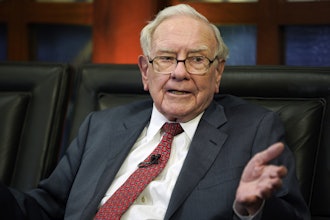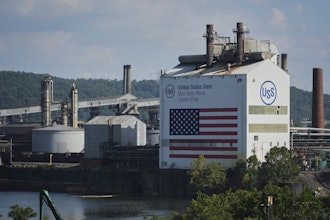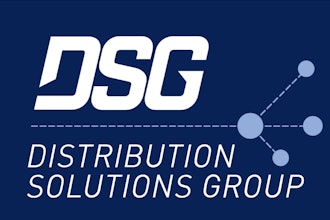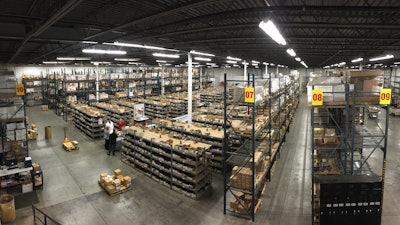
The worst of the COVID-19 pandemic appears to be over in the US, where the number of daily new confirmed cases of the virus and deaths have levelled off and begun to decline into late April. Certain states have allowed non-essential businesses to re-open in at least some capacity, and other strict public safety measures have relaxed a little.
Still, we’re a long way from this being over, and in the manufacturing sector, strict safety measures figure to remain in place through most of May or longer.
As the US and the rest of the world take more and more recovery steps to fully re-open — a process that may take several months — it leaves me wondering what lessons will be learned and what safety measures might make sense to keep in place…permanently.
COVID-19 is the second major pandemic the world has had to overcome in just 11 years, following H1N1 in 2009 that the CDC estimates infected more than 60 million Americans and killed more than 12,000. Some health experts have warned of a second wave of COVID-19’s spread in the fall or winter of 2020, and that it may end up becoming a new seasonal flu.
Given that risk of reoccurrence and the constant risk of a brand new virus outbreak at any time, it seems that returning all distribution workflow to ‘normal’ isn’t prudent. Yes, most processes can return to how they were done in February, but now is the time to determine if certain workflows should maintain permanent safeguards against virus exposure.
Several major industrial distributors outlined COVID-19 safety precautions they’ve enacted in their facilities, including closing branches to the public except for curbside pickup; temperature screenings for all employees upon entry, staggered shifts; and frequent, deep cleanings. The question now is if at least some element of these measures should remain, and not just ramp up when a pandemic occurs.
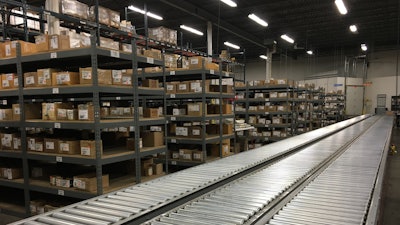 Mike Hockett/Industrial Distribution
Mike Hockett/Industrial Distribution
“In terms of our own business, I think we're all going to have to be more careful. We're thinking differently about how our buildings are configured,” Grainger chairman and CEO DG Macpherson said in the company’s 2020 first quarter earnings call on April 23. “Most of our distribution centers has been designed to bring people into lunch rooms, for example, for camaraderie. Well, right now, that doesn't make as much sense. There's just all kinds of details that we're working through that are going to change. We’re just going to have the same priorities, keep our team members safe, serve our customers well, do it responsibly and that's going to be the focus. And we have a team of pandemic team that's working on all those operational issues right now and how to get back to work and how we operate in the future.”
I’m no warehouse manager, but I’m hoping that those in that role are currently examining which safety measures can feasibly stay in place year-round. Granted, warehouse employees aren't in such close quarters as, say, workers on a production line in a meat production plant, but actions to minimize employee-to-employee exposure could still be improved. For distributors that have gone through the trouble of enacting temperature screenings, why not make that a permanent fixture of the facility? Why not make curbside pickup a permanent option for customers? Why not encourage or mandate the expanded use of personal protective equipment for distribution center/warehouse employees all the time?
“I'm sure we're seeing examples of it, but what probably happens there is we make arrangements with that customer where they still need the product and will the product probably gets delivered at their dock as opposed to delivered inside their facility,” Fastenal CEO Dan Florness said in the company’s Q1 earnings call on April 14. “We’re following the protocols of the customer. In addition to procuring safety products for our customers, we have lined up and we now have – and so we have safety products for our employees.”
Industrial distribution has always prided itself on its personal relationships and face-to-face contact. But in the essence of safety, it seams dock deliveries should be considered as a better option than in-facility deliveries as common practice.
Of course, what works for very large distributors like Grainger and Fastenal isn’t practical for many small, independent distributors. But the greater notion of permanently adjusting certain product flow operations is what I’m getting at here.
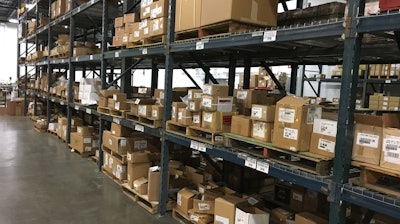 Mike Hockett/Industrial Distribution
Mike Hockett/Industrial Distribution
Inventory
Beyond distribution product-flow practices, now is the time distributors should re-examine what level of inventory should be maintained year-round. For the past decade, mantra of just-in-time inventory has been widely adopted, striking a balance between not carrying too little inventory that risks stock-outs, and carrying too much inventory that doesn’t move for too long. But in these times of pandemic, when customers — and distributors themselves — need MRO inventory to frequently clean and maintain safety in their facilities, it seems that carrying extra buffer inventory would make sense.
“You can't predict what's going to happen. My assumption is that, for a while, we're going to be in a situation where we have to be careful around the virus on some level even if businesses are back to work,” Macpherson said. “And so, over the short to mid-term, I think there's going to be a lot of questions around, ‘do we have the right stock of cleaning supplies and PPE to make sure we can actually work?’ And so we're already talking to customers, talking with customers about how to come back to work and how can we help them, think about how to come back to work. And so that's going to be a big, big topic.”
“Whether or not we turn to more buffer inventories or not is debatable. We've had shocks in the past and it hasn't changed behavior. This one feels like it could. So I'm guessing that we are going to be in a position where we're helping customers think more about inventory stocks than we have in the past for certain products. I still think that, us managing inventory and keeping inventory levels down is going to be an important topic for most customers going forward. But certainly, there is going to be some industries that are very, very different and there's going to be some that are new, and we're going to have to navigate through that and we've already started talking about that.”
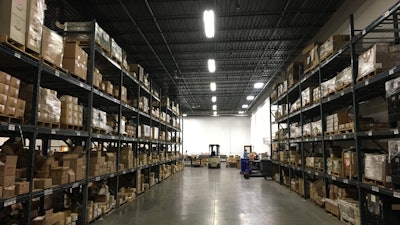 Mike Hockett/Industrial Distribution
Mike Hockett/Industrial Distribution
Working from Home
For many distribution office employees, this pandemic period is their first experience working from home for an extended period of time. I’m sure it’s been a difficult adjustment for many. And with distribution still largely comprised of employees aged 50+ years old, the technology transition alone hasn’t been easy.
I worry that a fair amount of old-school distributors have struggled mightily with continuing to sell and communicate during this period just due to the technological challenges with working remotely. Distributors that rely on an outdated or on-premises ERP system might find themselves paralyzed at times, or that the only way to maintain business is to work from the office — putting themselves at further virus exposure. Thankfully, there are collaboration and communication tools like Zoom/Google Meets video calls and instant messaging software like Microsoft Teams and Slack that make it so your teams don’t miss a beat. But I wonder how many distributors are actually putting those tools to use, and how many will continue to use these tools on a permanent basis.
Future-Ready
 Mike Hockett, Managing Editor of ID
Mike Hockett, Managing Editor of ID
As we climb out of this pandemic situation, take this time to start examining what your new normal should be as a distributor.







